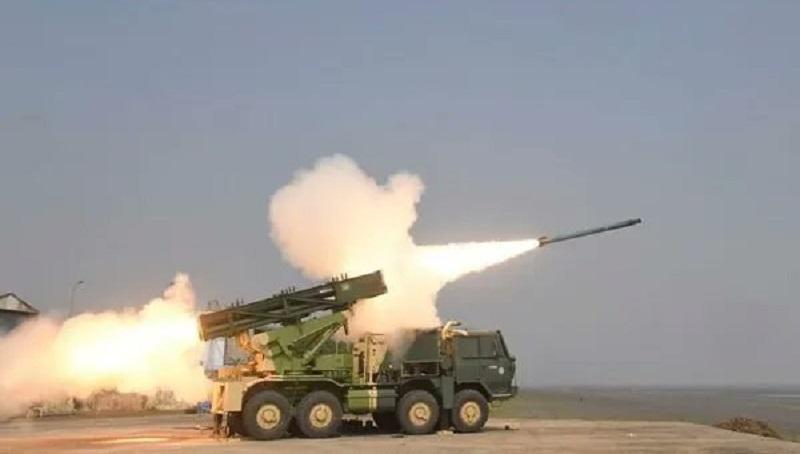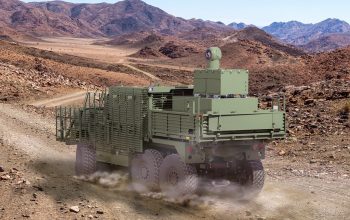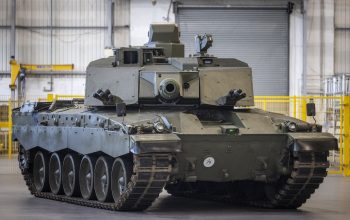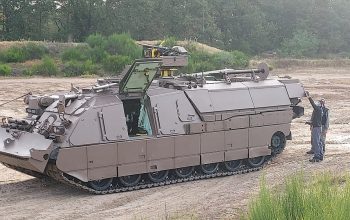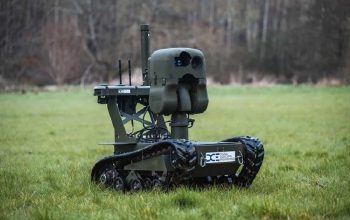The Indian Army and the Defence Research and Development Organisation (DRDO) have trialed enhanced versions of 214 mm rockets used by the locally developed Pinaka multi-barrel Rocket Launcher (MBRL). DRDO’s Armament Research and Development Establishment and High Energy Materials Research Laboratory jointly developed the Pinaka rocket system, which is currently in service with the Indian Army. A total of 24 EPRS rockets were fired for different ranges over 14 days at the Pokhran Firing Ranges. The rockets met all trial objectives satisfactorily. With these trails, the initial phase of technology absorption of EPRS by the industry has successfully been completed, and the industry partners are ready for user trials/series production of the rocket system.
During the testing, the officials also assessed the different variants of munitions and fuses of the rocket system. The EPRS version is upgraded with advanced technologies that enhance the range of the system to meet evolving requirements. The DRDO also recently flight-tested the Solid Fuel Ducted Ramjet (SFDR) booster, a missile propulsion system that will enable it to intercept aerial threats at a very long range. The technology of the upgraded version was transferred to the industries Munitions India Limited (MIL), and Economic Explosives Limited Nagpur. The rockets made by MIL were tested during the latest campaign. Last month, the DRDO tested an army version of the Medium-Range Surface-to-Air Missile (MRSAM) system.
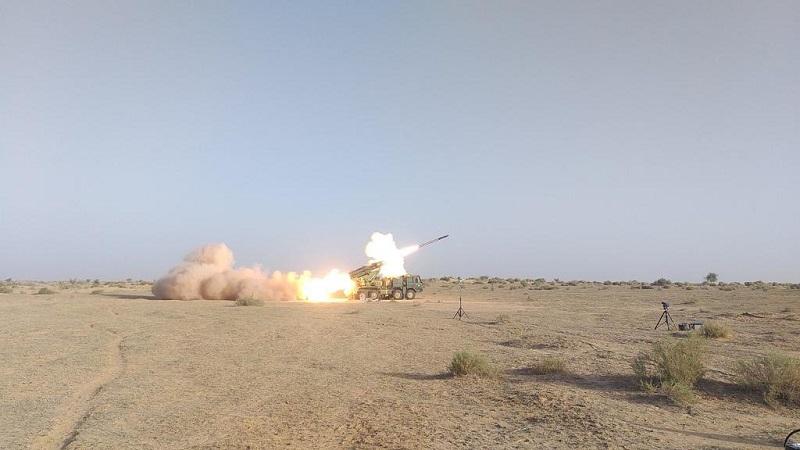
Pinaka is a multiple rocket launcher produced in India and developed by the Defence Research and Development Organisation (DRDO) for the Indian Army. The system has a maximum range of 40 km for Mark-I and 60 km[10] for the Mark-I enhanced version and can fire a salvo of 12 HE rockets in 44 seconds. The system is mounted on a Tatra truck for mobility. Pinaka saw service during the Kargil War, where it was successful in neutralizing enemy positions on the mountain tops. It has since been inducted into the Indian Army in large numbers. As of 2014, about 5,000 missiles are being produced every year while an advanced variant is under development with enhanced range and accuracy. As of 2019, an upgraded guided-missile version of the system has been test-fired, with a range of over 90 km.
Pinaka is a complete MBRL system, each Pinaka battery consists of six launcher vehicles, each with 12 rockets; six loader-replenishment vehicles; three replenishment vehicles; two Command Post vehicles (one stand by) with a Fire Control computer, and the DIGICORA MET radar. A battery of six launchers can neutralize an area of 1,000 m × 800 m. The Army generally deploys a battery that has a total of 72 rockets. All of the 72 rockets can be fired in 44 seconds, taking out an area of 1 km2. Each launcher can fire in a different direction too. The system has the flexibility to fire all the rockets in one go or only a few. This is made possible with a fire control computer. There is a command post linking together all the six launchers in a battery. Each launcher has an individual computer which enables it to function autonomously in case it gets separated from the other five vehicles in a war.


